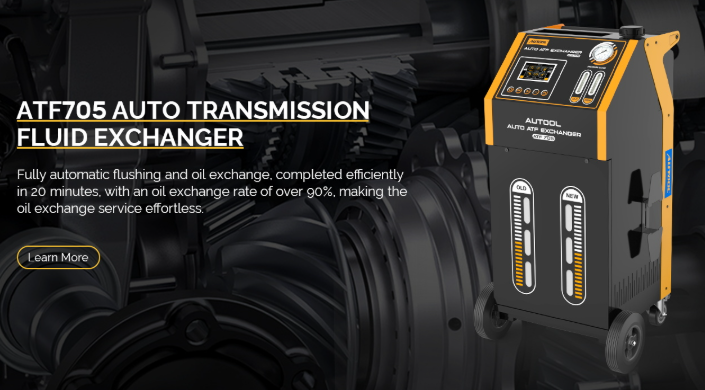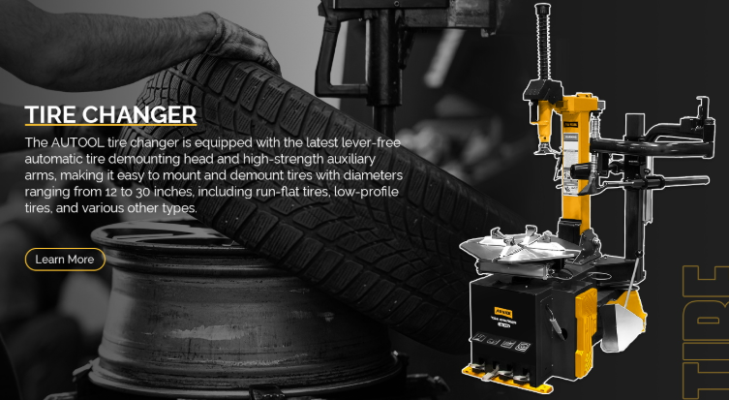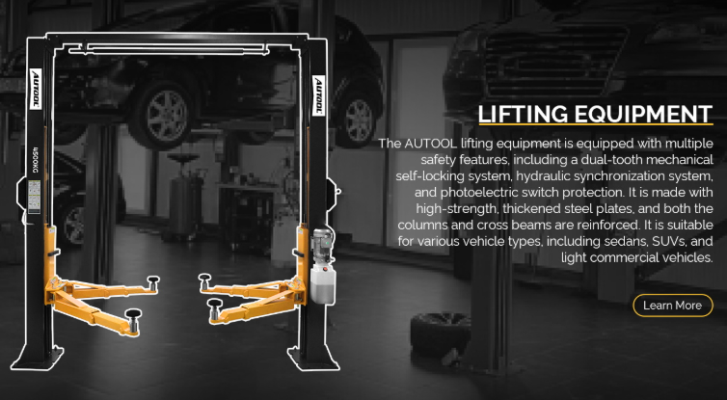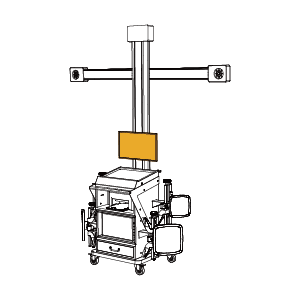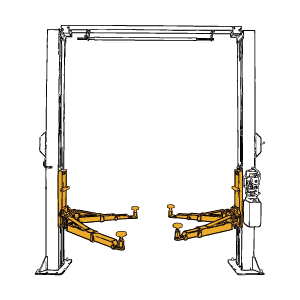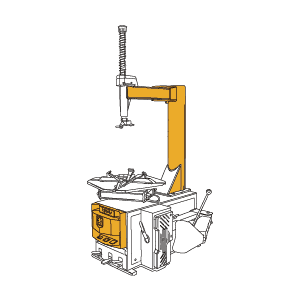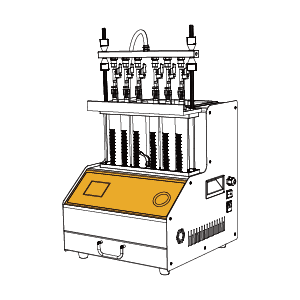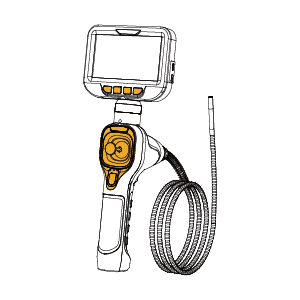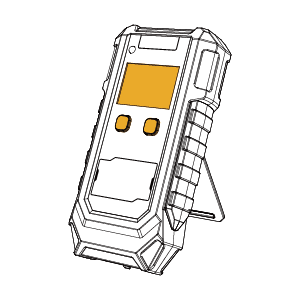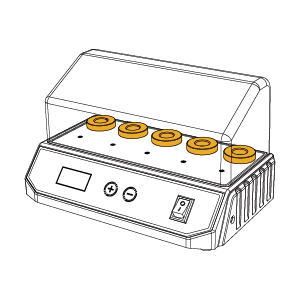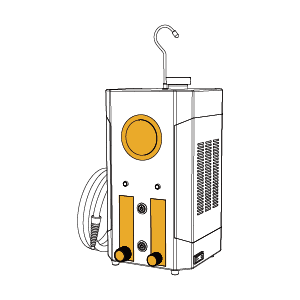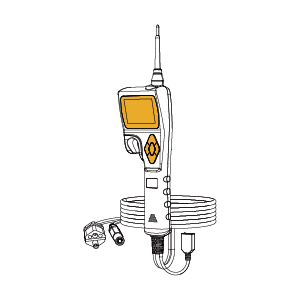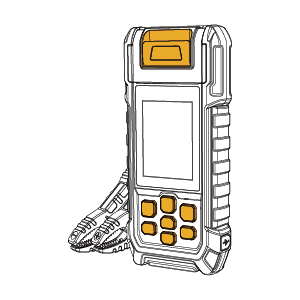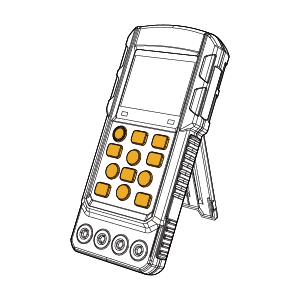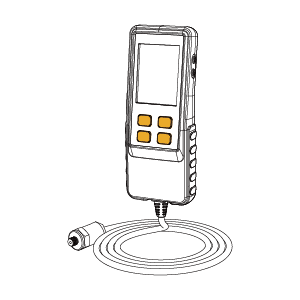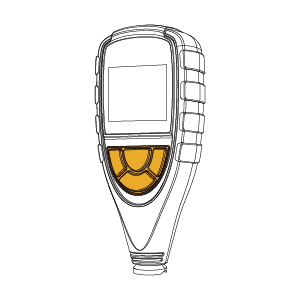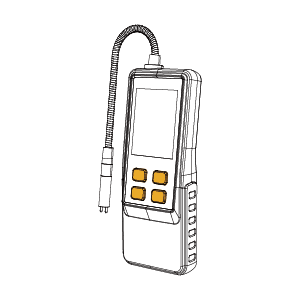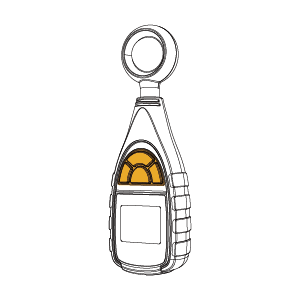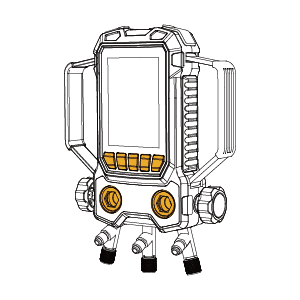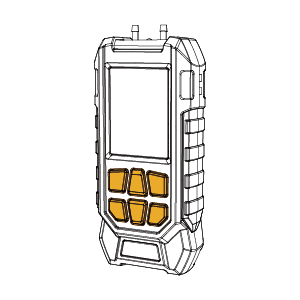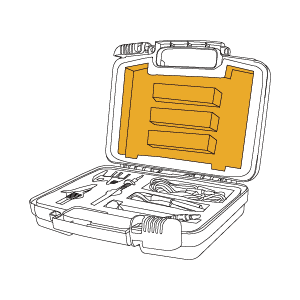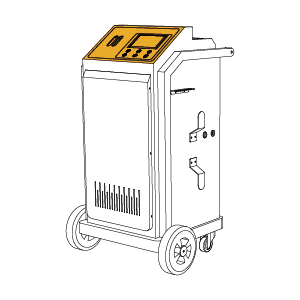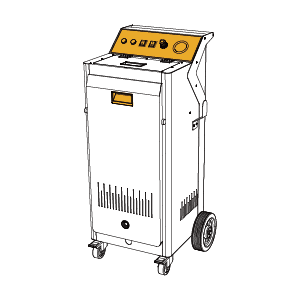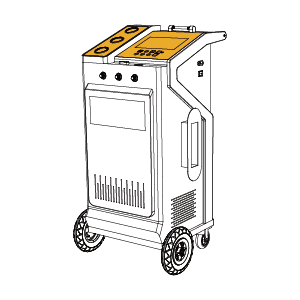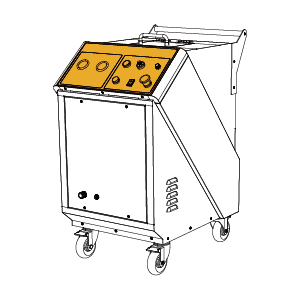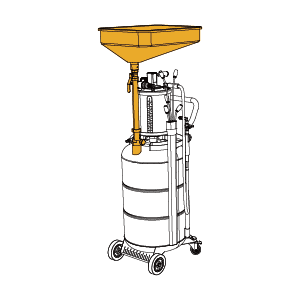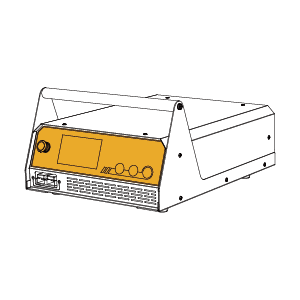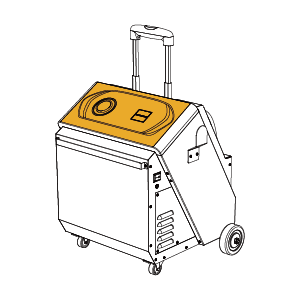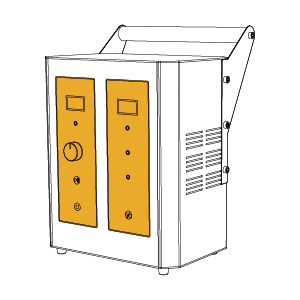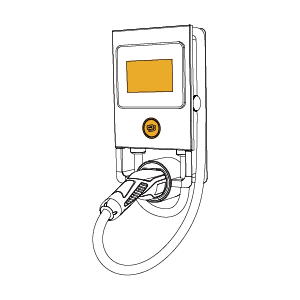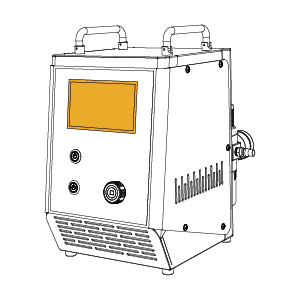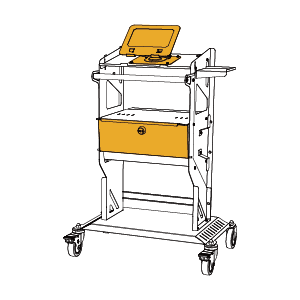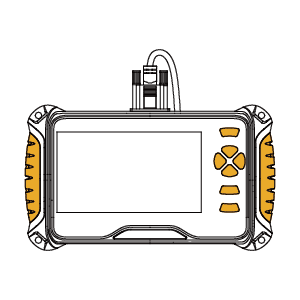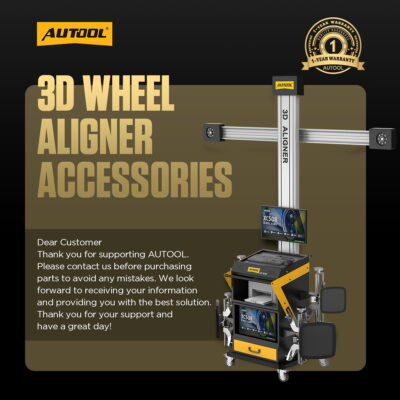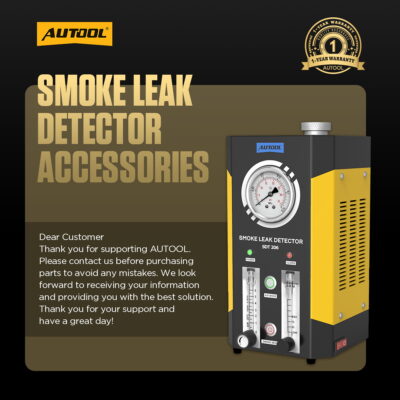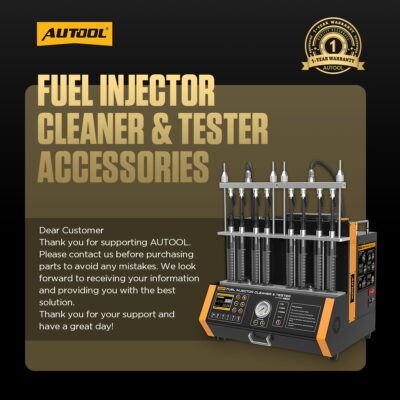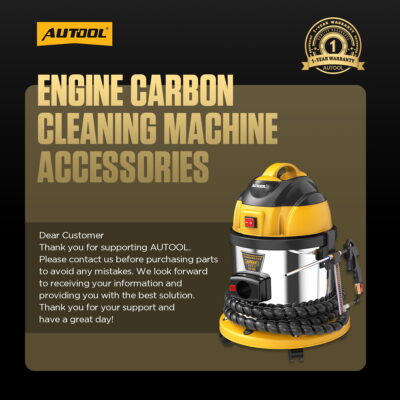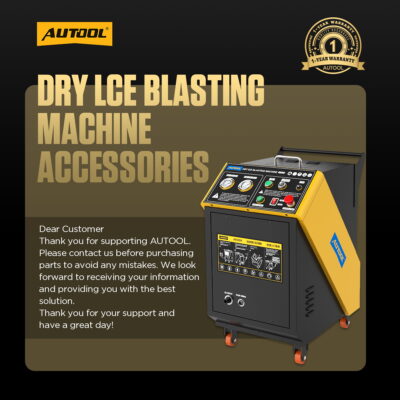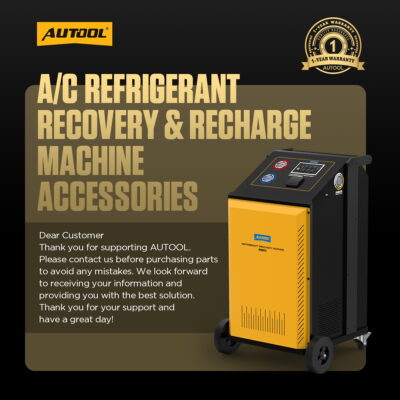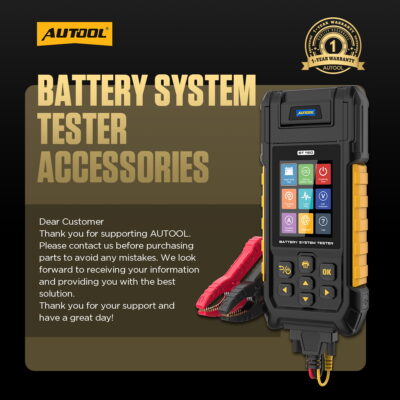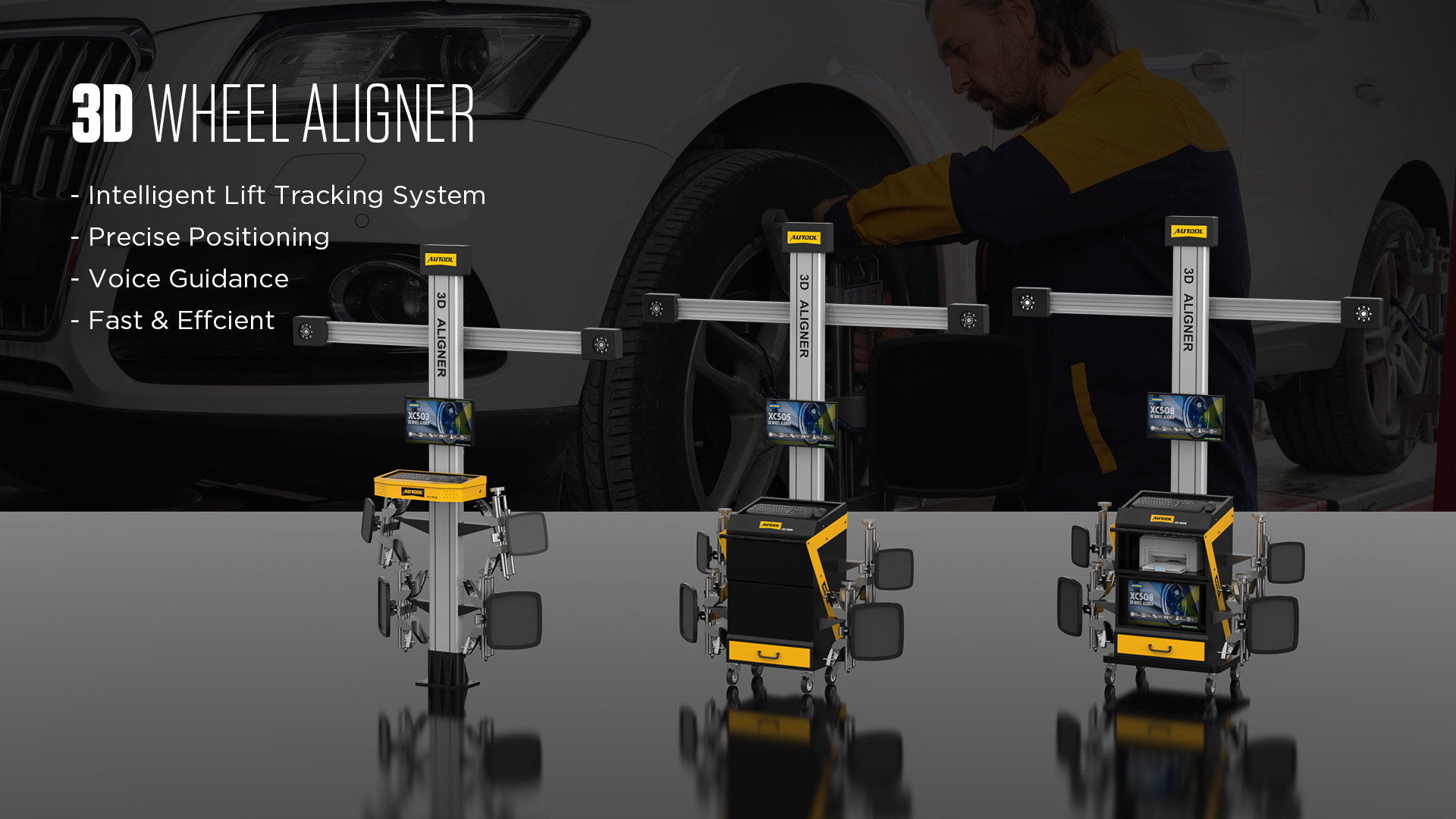Repair Information
You Might Need a AC Refrigerant Check!
Do I need to replace my refrigerant?
How often does a car’s AC refrigerant need to be replaced?
No fixed replacement cycle exists for car refrigerant. Drivers need to assess the condition based on how they use their car and how well the air conditioner cools. If the air conditioning fails to cool effectively, they should check whether low refrigerant levels are the cause and, if so, refill it promptly. With proper maintenance, a good driving environment, and responsible driving habits, most drivers won’t need to add refrigerant for three to four years.
Precautions Before Replacing AC Refrigerant
Confirm refrigerant type
- Common types are R134a, R1234yf, etc.
- Different types are used in different car models and years. Do not mix them, you must check the vehicle nameplate or the user’s manual to confirm.
- Different vehicle models and production years use different types of refrigerant; do not mix them. Always consult the vehicle’s identification label or owner’s manual to confirm the correct refrigerant type.
- Mixing different refrigerants may cause damage to the system or even a chemical reaction.
Use of specialized equipment
- We recommend using the AUTOOL LM708 Refrigerant Recovery Machine. As an all-in-one automotive A/C recovery and refilling machine, AUTOOL LM708 can replace the refrigerant efficiently to avoid leakage and pollution.
- Manual refilling requires specialized tools such as a pressure gauge set, a vacuum pump, and a refrigerant tank. Improper operation can pose safety risks.
Vacuuming first
- Before refilling with new AC refrigerant, the system must be thoroughly evacuated (1 hour):
◦ To remove residual moisture and air from the system.
◦ To avoid compromising the cooling effect and corroding the system
Check for leaks
- Use a halogen leak detector or soapy water to check for leaks in the system (such as pipe connections, evaporator, and condenser).
- Adding refrigerant without repairing leaks is only a temporary fix and does not address the root cause.
Accurate Refrigerant Charging Amount
- Follow the manufacturer’s recommended filling amount (usually indicated on a sticker in the engine compartment).
- Overcharging can cause high-pressure overload, compressor overheating, or hose rupture.
- Undercharging will result in insufficient cooling and frequent starts and stops of the compressor.
Replace Refrigerant Oil (If Necessary)
- When replacing the compressor or changing the type of refrigerant, the corresponding refrigerant oil (such as PAG oil) must also be replaced.
- The refrigerant oil must match the refrigerant type to ensure proper lubrication.
- Recommended tool: AUTOOL SC301 Cooling System Tester & Filler.
Ensure a Well-Ventilated Working Environment
- Refrigerant leaks can cause suffocation, especially in enclosed workshops.
- Always work in a well-ventilated area and wear protective gear such as gloves and safety goggles.
Do Not Release Refrigerant Improperly
- Refrigerants can damage the ozone layer.
- Used refrigerant must be recovered using specialized equipment and must never be released directly into the air.
Recommended Procedure Reference
- Connect the pressure gauge set → Check the system pressure
- Recover used refrigerant (if any)
- Use a vacuum pump to evacuate the system for at least 15 minutes
- Perform leak detection (ensure the system is sealed)
- Charge refrigerant according to standards (by weight or pressure reference)
- Start the air conditioner and check the cooling performance
- Recheck the system for any leaks
⚠️ Special Precautions
- Refrigerant must not come into direct contact with skin, as it can cause frostbite.
- Never test or charge refrigerant inside the vehicle or in enclosed spaces.
- If you lack experience, it is recommended to have the procedure performed by a professional workshop.
Conclusion
If you have any more ideas or questions, we’d love to hear from you. For any refrigerant replacement needs, please feel free to contact us!
🧑💻 WhatsApp: +86 189 2647 7404
Related blog: AUTOOL LM707 and LM708 A/C Recovery and Recycling-New stuff you’ll love are now available

